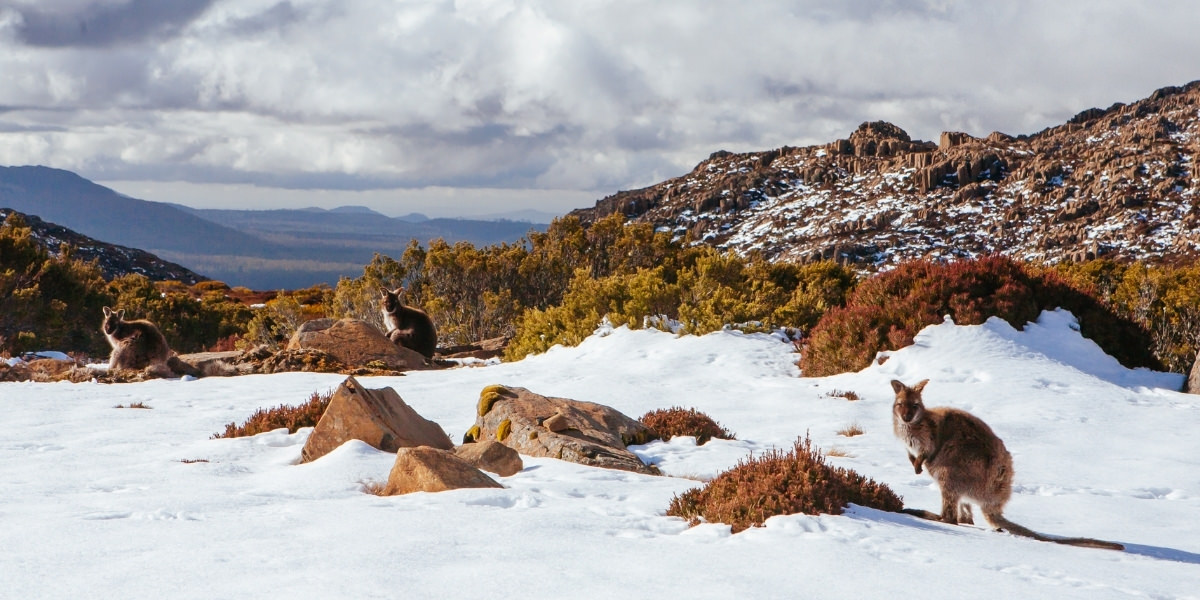Comprehending the Importance of Snow in Australia for Agriculture and Tourism
While Australia is usually connected with sun-kissed coastlines and dry outback, it also flaunts a riches of snowy towering areas. As we explore this unexpected junction, the possible impact of shifting environment patterns on Australia's snowfall and its subsequent results come to be an engaging focus.

The Unexpected Snowfall: Australia's Alpine Regions
When winter season cloaks the globe, Australia's Towering areas put on a white mantle of snow, a phenomenon that seems practically paradoxical in this dominantly sun-baked land. In contrast to the stereotypical photo of Australia as a land of deserts and beaches, these regions offer a stunning and shocking contrast. The Australian Alps, extending across New South Wales, Victoria, and the Australian Capital Territory, obtain more snowfall than Switzerland. This unexpected winter heaven offers an unique ecosystem, offering an environment for a number of native types and a snowy play area for wintertime sporting activities enthusiasts. The annual snowfall, although not as plentiful as in some nations, is a crucial facet of Australia's climate diversity and plays a substantial duty in the nation's farming practices and tourist market.
Winter months's Bounty: Snow's Payment to Australia's Water Resources
In spite of its rarity in the broader landscape of Australia, snow in the Alpine regions plays an important role in the nation's water sources. Serving as an all-natural tank, the snowpack shops water throughout the chilly months, progressively releasing it right into rivers and dams as it melts in warmer periods. This process ensures a stable supply of water, assisting in the stablizing of the nation's water cycle. This is particularly crucial for Australia, a continent frequently pestered by droughts. The snowmelt feeds right into the Murray-Darling Container, a lifeline for several neighborhoods in the southeastern components of the nation. Without the bounty of winter months snow, Australia's water resources would certainly be dramatically stressed, influencing both the environment and the population.
White Covering, Green Fields: The Influence of Snow on Australian Farming
Although much less visible, the impact of snow on Australian agriculture is substantial. Snowfall in the high nation acts as an all-natural form of watering, progressively melting and offering a constant water supply to lower-lying farmland. This water-rich environment fosters the growth of robust crops, contributing to the country's farming efficiency. Snowfall improves dirt health by presenting wetness and trapping nutrients, which are gradually released as the snow melts. This process improves the dirt, promoting the growth of healthier, more resistant plants. In addition, snow cover works as a protective covering, protecting the ground against severe winter months temperatures that could or else harm crops. Thus, the role of snow in Australian agriculture is both complex and crucial.

Cold Money: Snow Tourism and Its Economic Relevance in Australia
While the worth of snow to Australian agriculture is typically undervalued, its contribution to the nation's tourist field is indisputably substantial. The snow-laden heights of Australia's alpine regions bring in a flurry of tourists every winter, adding millions to the nationwide economic climate. These visitors take part in a selection of snow-based activities, from skiing and snowboarding to snowshoeing my link and sledging. The growing snow tourist industry has actually caused the creation of countless work, from ski trainers to resort personnel, reinforcing neighborhood economic climates while doing so. In addition, the profits generated from snow tourist helps fund numerous facilities jobs and important solutions in these regions - Does It Snow In Australia. Thus, the financial significance of snow tourism in Australia expands far past the slopes.
Future Forecast: Environment Adjustment and Its Potential Effects on Australia's Snowfall
As the world grapples with the reality of climate adjustment, so also needs to Australia consider its potential impacts on use this link the country's snowfall. Such changes intimidate the stability of Australia's ski market, which contributes significantly to the neighborhood economic situation. The prospective effects of these adjustments underscore the seriousness of climate adjustment reduction efforts, both in Australia and around the world.
Verdict
To conclude, snow is an essential aspect of Australia's agricultural and tourism sectors. It not just nurtures the nation's agricultural landscape but also gas its winter months tourist market. Nevertheless, the looming threat of environment modification increases concerns about the future of Australia's snowfall patterns, potentially interrupting these significant financial fields. Consequently, understanding and resolving these difficulties is essential for the sustainability of Australia's economic situation and environment.

When winter capes the globe, Australia's Alpine regions wear a white mantle of snow, a spectacle that seems virtually paradoxical in this dominantly sun-baked land.In spite of its rarity in the more comprehensive landscape of Australia, snow in the Alpine regions plays a critical role in the country's water try this site sources. Without the bounty of winter snow, Australia's water resources would certainly be dramatically strained, affecting both the populace and the setting.
Hence, the economic relevance of snow tourist in Australia extends far beyond the inclines.
In verdict, snow is a pivotal element of Australia's agricultural and tourism sectors. Does Australia Get Snow.
Comments on “Learn About the Locations That Frequently See Snow In Australia During the Chilly Periods”